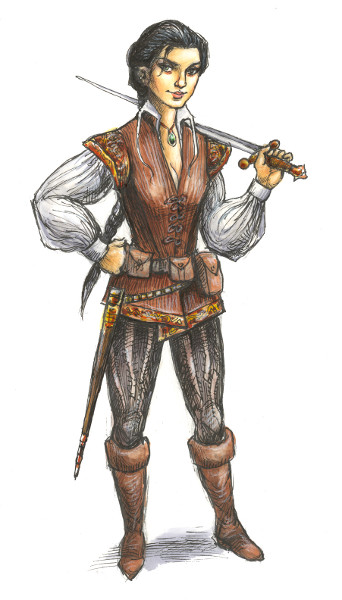Trolling is as old as the internet, but while most trolling is just annoying, it can often slide into harassement. For most bloggers this sort of thing hopefully is an incidental occurence at worst, but for certain groups it’s a daily routine: the death threats, rape threats, threats against your family, friends or pets it’s all to be expected if you’re a feminist blogger:
It’s a good week, these days, if I only get 15-20 emails from people telling me how much they think I should die, or how much they hope I get raped, or how much they hope my cat dies or I lose my job or fall in a hole or get shot by police or any number of things people seem to think it’s urgently important to tell me in their quest to get me to shut up. We are not talking about disagreements, about calls for intersectionality, about differing approaches, about political variance, about lively debate and discussion that sometimes turns acrimonious and damaging. We are talking about sustained campaigns of hate from people who believe that we are inhuman and should be silenced; the misogynists, the ‘men’s rights activists,’ the anti-reproductive rights movement, the extreme conservatives, the fundamentalists. The haters.
That’s what s. e. smith goes through each day and she’s not the only one, as confirmed by Skud on Geek Feminism, where she talks about the consequences for the people like her on the recieving end of such a torrent of hatred and vileness:
What you don’t see from the blog posts are the effect this had on people’s mental and physical health. I can’t speak for the other women targetted by Mikee, but I know that it affected my ability to concentrate, sleep, work, and socialise. Apologies for the TMI, but my gastro-intestinal system is also fairly sensitive to stress, so I was physically ill as well. I took several days of sick leave and went to the beach for an extended weekend, completely offline, to try and regain some equilibrium.
And the end result is that people stop blogging altogether, as s.e. smith knows:
And it works. I see it happening all the time; blogs go dark, or disappear entirely, or stop covering certain subjects. People hop pseudonyms and addresses, trusting that regular readers can find and follow them, trying to stay one step ahead.
As you know Bob, trolling largely originated on Usenet, where harassers had little choice but to make public threats, which was bad enough, but at least this meant others saw this harassement happening and could rally around the victims. With blogs, the only person that sees the rape “joke” is the blogger it’s aimed at. Which makes it easy for harassers to deny their actions and others to disbelieve the victims, making the harassement that much worse. This incidently, is not an exclusively online problem; much real world sexual, racial or other harassement is invisible to anybody but the perpetrator and their victim.
What’s to be done? For those of us whose gender/race/sexual orientation/usw. does not automatically makes us a target for harassement, the task is simple: to take the victims of harassement seriously when they’re reporting on it and then to support them in however they want to deal with it. If an harasser is called to task, we should not make excuses for them; if we see harassement happening, we should not stay silent. For y’all reading this, it’s of course unthinkable that either you or your friends would engage in such behaviour, but even so we should stay alert to the possibility.
